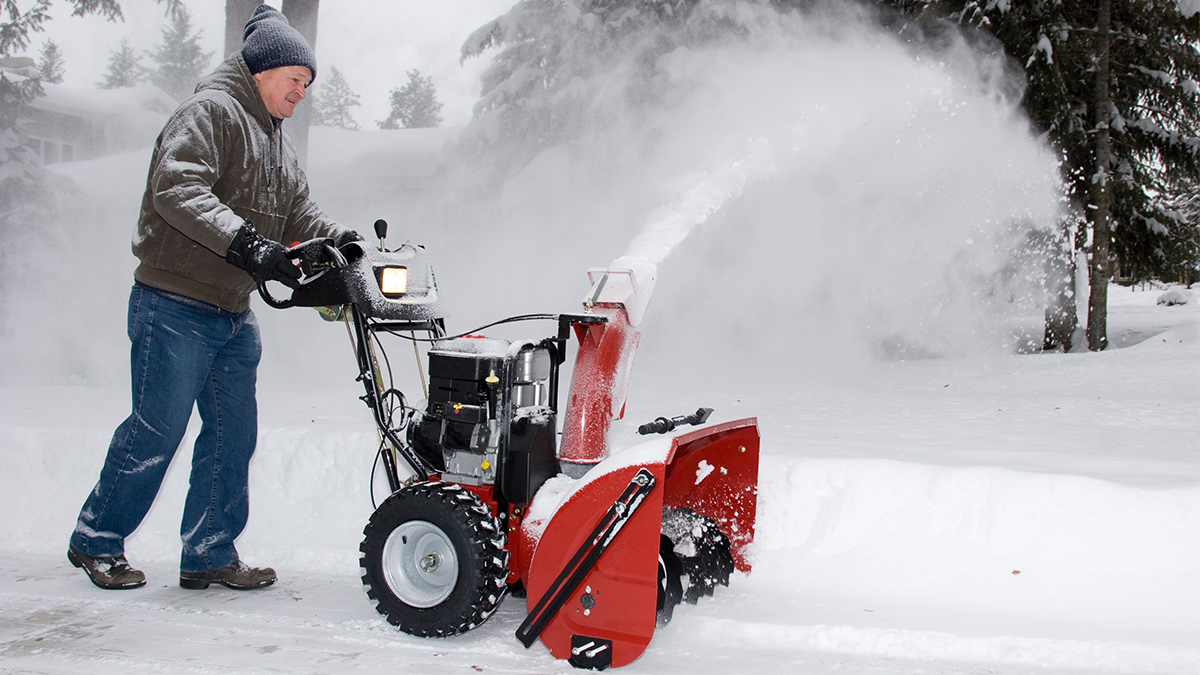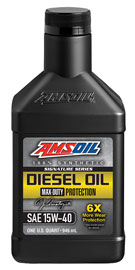What’s the Best Oil for My Snowblower? Using a high-quality, purpose-built oil can provide extra protection for your snowblower’s engine. _by Brad Nelson|November 10, 2023 When a snowstorm hits, you need your snowblower to fire up and help you get the job done. But snowblower engines face unique challenges that can reduce their dependability, horsepower […]
You are browsing archives for
Tag: wear
Want the Best Diesel Oils for Your Vehic...
Confused About Diesel Oil? We’ll help you Joel Youngman|Jan 31, 2020 8:03 AM Your diesel truck is a serious investment – don’t skimp on protection. AMSOIL manufactures the best diesel oils on the market, providing the ultimate protection for your hard-working diesel engine, preserving the horsepower you crave and keeping you on the road. We […]
Motorcycle Oil, Primary Fluid & Transmis
The Fool Said I Can Use 20W-50 In All Three. What? Some V-twin motorcycles, like modern Indian and Victory bikes, use a shared sump, meaning they use the same lubricant in the engine, transmission and primary chaincase. Most Harley Davidson motorcycles, however, use a separate sump for each lubricant. This presents Harley (Don’t forget about […]
Can Your Motor Oil Handle the Seven Resp...
Can Your Motor Oil Handle the Seven Responsibilities of a Lubricant? Ed Newman|May 24, 2017 8:30 AM Most motorists understand the primary functions of motor oil: reduce friction and wear. However, motor oil and other lubricants must do more to protect your vehicles and equipment. With engines and equipment becoming more powerful and sophisticated, it […]



